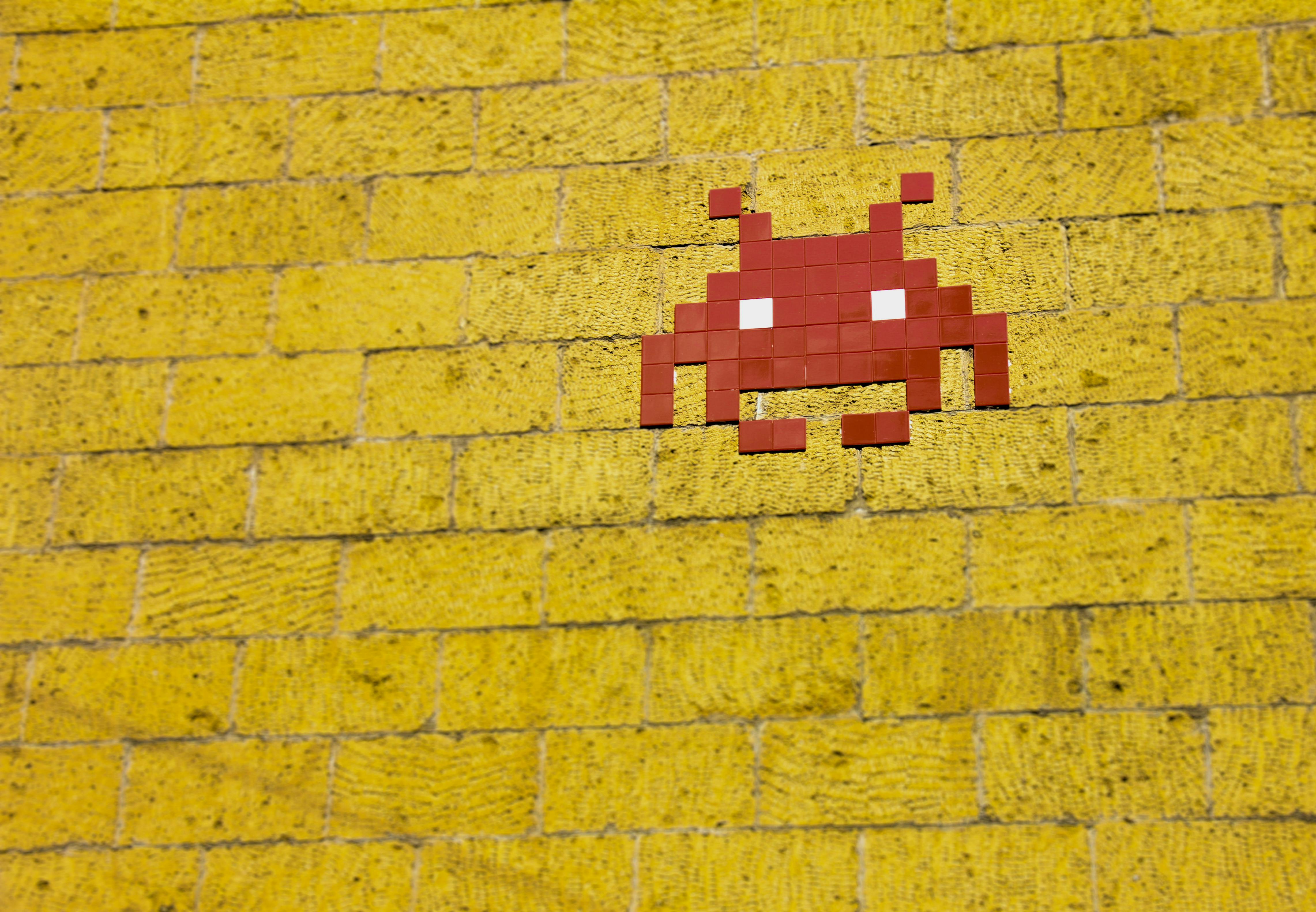Pixel Pioneers: The Indie Revolution in Retro Gaming
In an era dominated by AAA titles and cutting-edge graphics, a surprising trend has emerged: the resurgence of retro-inspired indie games. This movement, blending nostalgia with innovation, is reshaping the gaming landscape and challenging industry norms.

This renaissance isn’t just about nostalgia; it’s a creative rebellion against the AAA industry’s focus on photorealism and massive open worlds. Indie developers are proving that compelling gameplay and storytelling can thrive within the constraints of retro-style graphics and simple mechanics.
Beyond Nostalgia: Innovation in Limitation
While retro-inspired games draw from the past, many push the boundaries of what’s possible within their self-imposed limitations. Developers are using modern tools and techniques to create games that would have been impossible on original hardware, resulting in experiences that feel both familiar and fresh.
This innovation extends to gameplay mechanics, with many indie titles introducing complex systems and narratives that belie their simple appearances. The result is a new category of games that offer depth and replayability while maintaining the charm and accessibility of classic titles.
The Pixel Art Renaissance
At the heart of the retro indie movement is pixel art, a style that has evolved from a technical necessity to an art form in its own right. Modern pixel artists are pushing the boundaries of the medium, creating stunning visuals that capture the essence of retro games while introducing a level of detail and animation previously unseen.
This resurgence has led to a renewed appreciation for pixel art as a legitimate artistic style, with some indie games receiving critical acclaim for their visual design. The limitations of pixel art have become a creative challenge, inspiring artists to find innovative ways to convey emotion and atmosphere within a restricted palette.
Platforming a Comeback: Genres Reborn
The retro indie movement has breathed new life into genres that had fallen out of favor with major publishers. Platformers, shoot ‘em ups, and point-and-click adventures have seen a resurgence, with indie developers reimagining these classic formats for modern audiences.
These games often blend genre conventions with new ideas, creating hybrid experiences that feel both familiar and novel. This revival has not only satisfied longtime fans of these genres but has also introduced them to a new generation of players, ensuring their continued relevance in the gaming landscape.
Community and Culture: The Indie Ecosystem
The success of retro-inspired indie games has fostered a vibrant community of developers, players, and content creators. Online platforms and social media have allowed indie developers to connect directly with their audience, creating a feedback loop that shapes game development and fosters a sense of shared ownership over the final product.
This community-driven approach has led to the rise of events and spaces dedicated to retro indie gaming, from online showcases to physical arcade-style venues. These spaces celebrate the creativity and passion that drive the movement, providing a platform for developers to showcase their work and for players to discover new experiences.
The Future of the Past
As the retro indie movement continues to evolve, it raises questions about the future of gaming and the role of nostalgia in the industry. While some critics argue that the trend is a temporary phenomenon, others see it as a fundamental shift in how games are created and consumed.
The success of retro-inspired indies has not gone unnoticed by larger publishers, with some incorporating retro elements into their own titles or acquiring successful indie studios. This blurring of lines between indie and mainstream could lead to new hybrid forms of game development, combining the creativity of indie studios with the resources of major publishers.
Ultimately, the retro indie revolution represents more than just a nostalgic trip down memory lane. It’s a reimagining of what games can be, proving that innovation doesn’t always require cutting-edge technology. As these pixel pioneers continue to push boundaries and challenge expectations, they’re not just preserving gaming history – they’re actively shaping its future.




